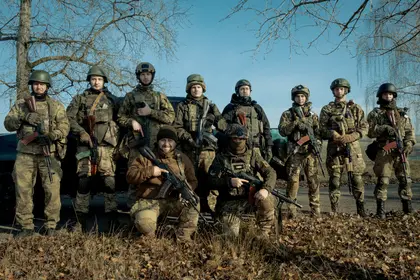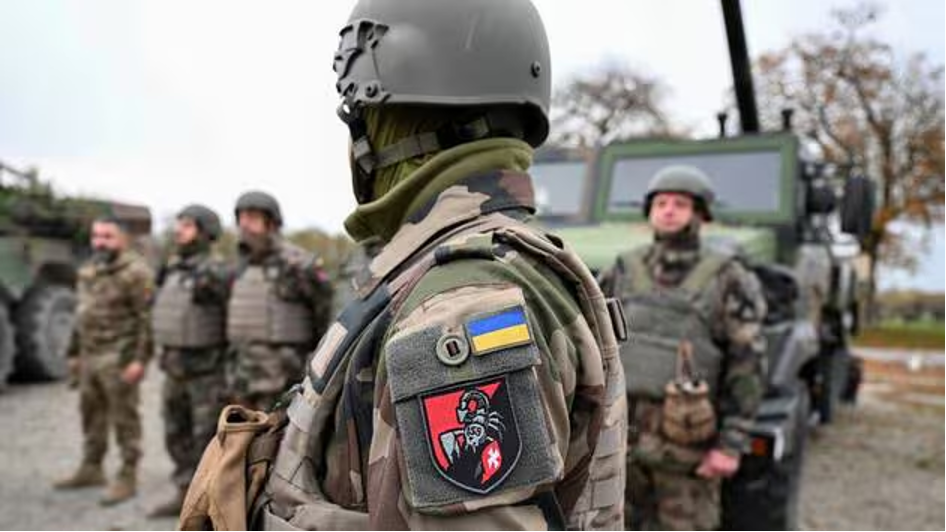Ukraine’s civilians-turned-soldiers have been a crucial component in pushing back Russian invaders. Kyiv Post takes a closer look at the Territorial Defense Forces.
At the time, it was a bit of a miracle. On April 15, a squad of tired, dirty but jubilant former civilians stood on the border between Ukraine’s northeastern Kharkiv region, and the Russian Federation.
JOIN US ON TELEGRAM
Follow our coverage of the war on the @Kyivpost_official.
Probably for the first time in the war, Russian forces had been compelled at gunpoint to leave Ukrainian soil. A squad of Ukrainian scouts, snipers and border troops marked the event by sticking a yellow-and-blue demarcation post into the dirt on the edge of Ukrainian territory. They even recorded a YouTube video to make sure everyone in the world knew exactly who had done it.
- Check the most recent war in ukraine update in the Kyiv Post's daily news stories released today.
- Access the newest Ukraine news items published today.
“Mr. President… We are here! We are the 127th Battalion, 227th Territorial Defense Brigade,” a spokesman officer said. “We are on the border of the Russian Federation occupying Ukraine! We are here!”
The 127th was, and is, a locally recruited Ukrainian home defense unit, armed mostly with small arms and hand-held anti-tank missiles. For some 50 days, they had fought, starting outside the villages and towns where their families lived, from the central part of the Kharkiv region all the way to the international border, pushing back Russian army tanks and mechanized infantry.
On November 18 another scout unit from 127th Battalion showed up on the Russian border in north Kharkiv region, and raised a Ukrainian flag to the top of a guard tower. They made a YouTube video of that as well.
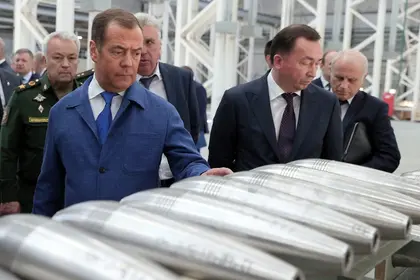
‘A Gangster Threat That Smacks of Desperation’ – Ukraine at War Update for Dec. 19
Kyiv Post interviewed eight Kharkiv region residents in November, most of them members of the local Territorial Defense Forces (TDF), an organization subordinate to the Armed Forces of Ukraine (AFU) command. By those eyewitness accounts, Ukraine’s territorial forces took on the Russian army at the outset of the war in haphazard groups, with little or no training.
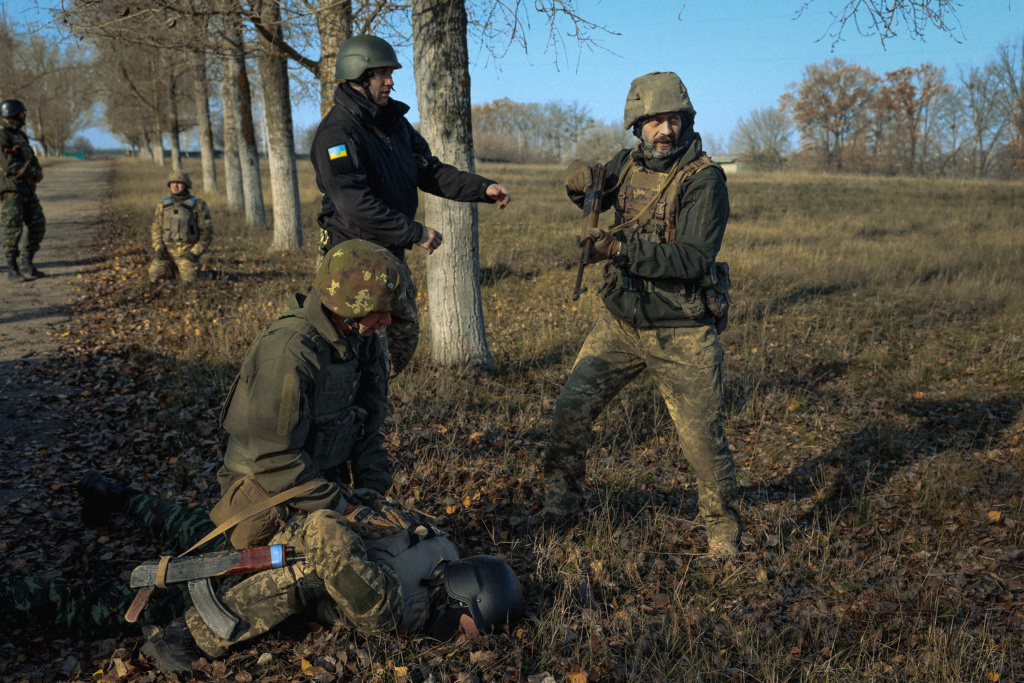
Russia attacked the Kharkiv region, reportedly, with a combined arms army of some 20,000 to 40,000 men fully equipped with tanks and infantry fighting vehicles, attack helicopters and artillery. Ukrainian army units were badly outgunned, fighters said, forcing civilians to step into the gap. Interviewees told Kyiv Post that in combat in March and April, Russian troops usually outnumbered local residents fighting in territorial forces by as much as five to one. AFU troop numbers are a military secret.
Serhiy “Agronom” Davydenko (who requested a pseudonym be used for security reasons) was a farmer when the war started. He found out the Kremlin was invading after explosions lit up the night sky over his farm and woke up his family and livestock. Russian armored columns were less than ten kilometers away when he evacuated his wife and daughter. Once they were safe, Davydenko joined volunteers delivering food and fuel to local defense forces. By mid-March he was a territorial defense volunteer, and by the time they reached the Russian border, with almost two months’ combat experience under his belt, he was a company commander.
The unit started the war as civilians armed with old Kalashnikovs handed out by the local police department, hunting rifles, shotguns, and Molotov Cocktails. Fighting took place in villages and checkpoints, usually beginning with a Ukrainian ambush and ending when the Russians brought up tanks to blast the Ukrainians. No one had body armor, and until volunteer medics appeared, fighters died because no one knew first aid.
The Territorials captured their first anti-tank missiles from the Russians. In early March, AFU trainers showed up with modern, NATO-standard weapons. Instruction was on-the-job: first the regular army soldier would blow up an advancing tank or armored personnel carrier, the territorial trainee would watch, and then try and shoot the next Russian combat vehicle himself.
Davydenko said that in about two weeks his unit was bristling with modern American, British, Swedish, and German anti-tank missiles and rockets, as well as gunners able to operate them. The Russians countered by plastering Ukrainian positions with artillery. The Territorials lost men dead and wounded, but learned to dig fighting positions deep. With experience, Davydenko said, his men gained skill and confidence, and learned that the Russian army prefers fighting in daylight.
That made equipment like modern gunsights and thermal imaging scopes crucial to survival on the front line. Still, the Territorials were short of everything from vehicles to first aid kits to combat boots and underwear.
Yuri Sapronov is one of Kharkiv’s most successful businessmen. His introduction to war was Russian rockets hitting the city overnight. According to his account, the first morning of the war, city officials and local citizens wanting to fight appealed to him, a leading citizen, for help.
I asked them what they needed… They said ‘anything you can give us
Sapronov recalled.
Sapronov and other Kharkiv business owners large and small, he said, offered up warehousing, donated stock, and organized logistics, all sourced from the civilian sector, to support fighting units. Kyiv Post research has confirmed that hundreds and sometimes thousands of Kharkiv citizens volunteer goods or services to the war effort, daily.
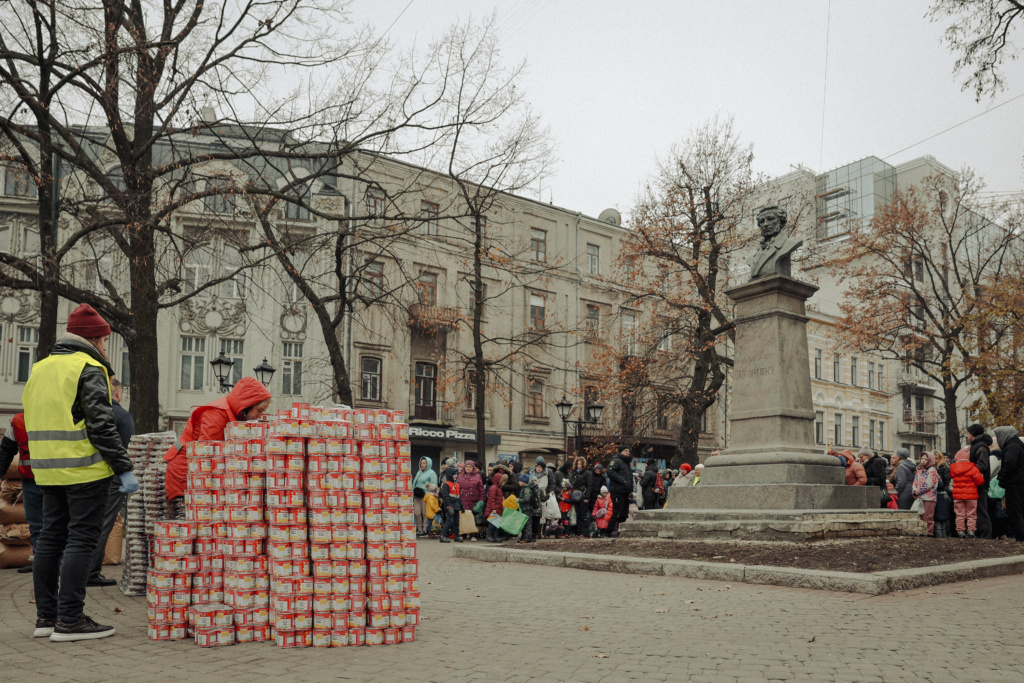
Sapronov told Kyiv Post that his personal donations to Kharkiv’s defense forces – thus far – probably exceed $1.3 million. He said he and his staff have delivered chain saws, generators, space heaters, thermal cameras, uniforms, body armor, computers, batteries, walkie-talkies, dry rations, sleeping bags, axes, backpacks, energy drinks, hemostatic Celox packs, and mosquito repellent directly to territorial defender. Others interviewed for this story confirmed Sapronov’s account.
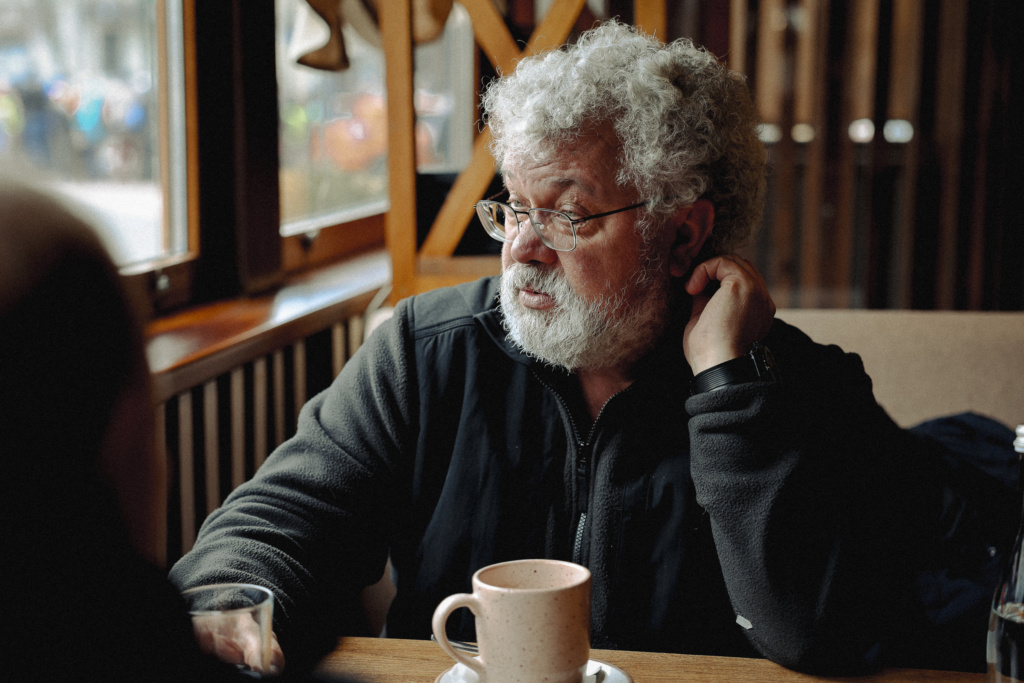
During peacetime, Ihor Dobrovsky ran a Kharkiv city gun and outdoors supplies shop. On days off he hunted, when possible deer and boar. When the war began, Dobrovsky said, he donated his entire stock to fighters heading to the front line.
Dobrovsky has family in Russia. He said he headed to the front after a Feb. 24 phone call with a Moscow cousin who, Dobrovsky recalled, refused to believe Russian artillery would bombard Kharkiv’s residential areas, even as shell explosions blotted out the conversation. Dobrovsky became a sniper. He no longer speaks with his Russian relatives.
On Oct. 2 President Volodymyr Zelensky praised the Kharkiv self-defense forces, among others, at a Kyiv awards ceremony, calling them a critical piece of Ukraine’s defenses.
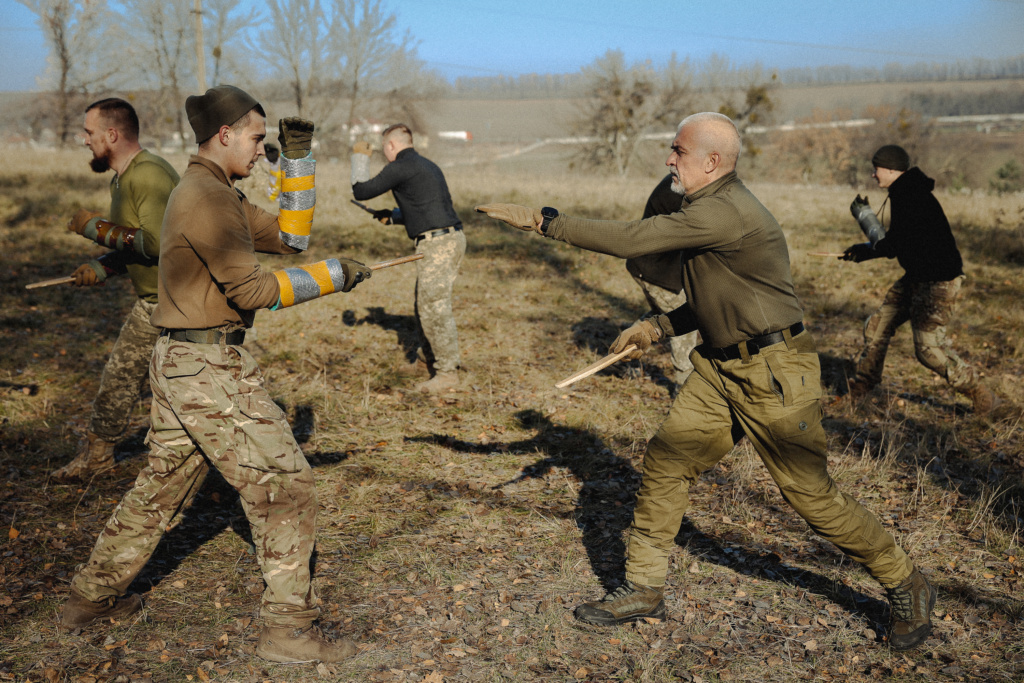
"We will ensure the systematic development of the Territorial Defense Forces. When the people are armed, when our people know how to defend themselves, this is the best foundation for our national security," Zelensky said, in a statement.
Sapronov is still in Kharkiv, maintaining his businesses and coordinating logistics. Davydenko mostly trains his men to be ready if the Russians come back or – it happens sometimes – in case the Kharkiv Territorials are needed elsewhere in the war. Dobrovsky works mostly as an armorer these days. But sometimes he goes to the front line as a sniper.
As long as they (Russians) are in our country, we must fight them,” he said.
You can also highlight the text and press Ctrl + Enter


